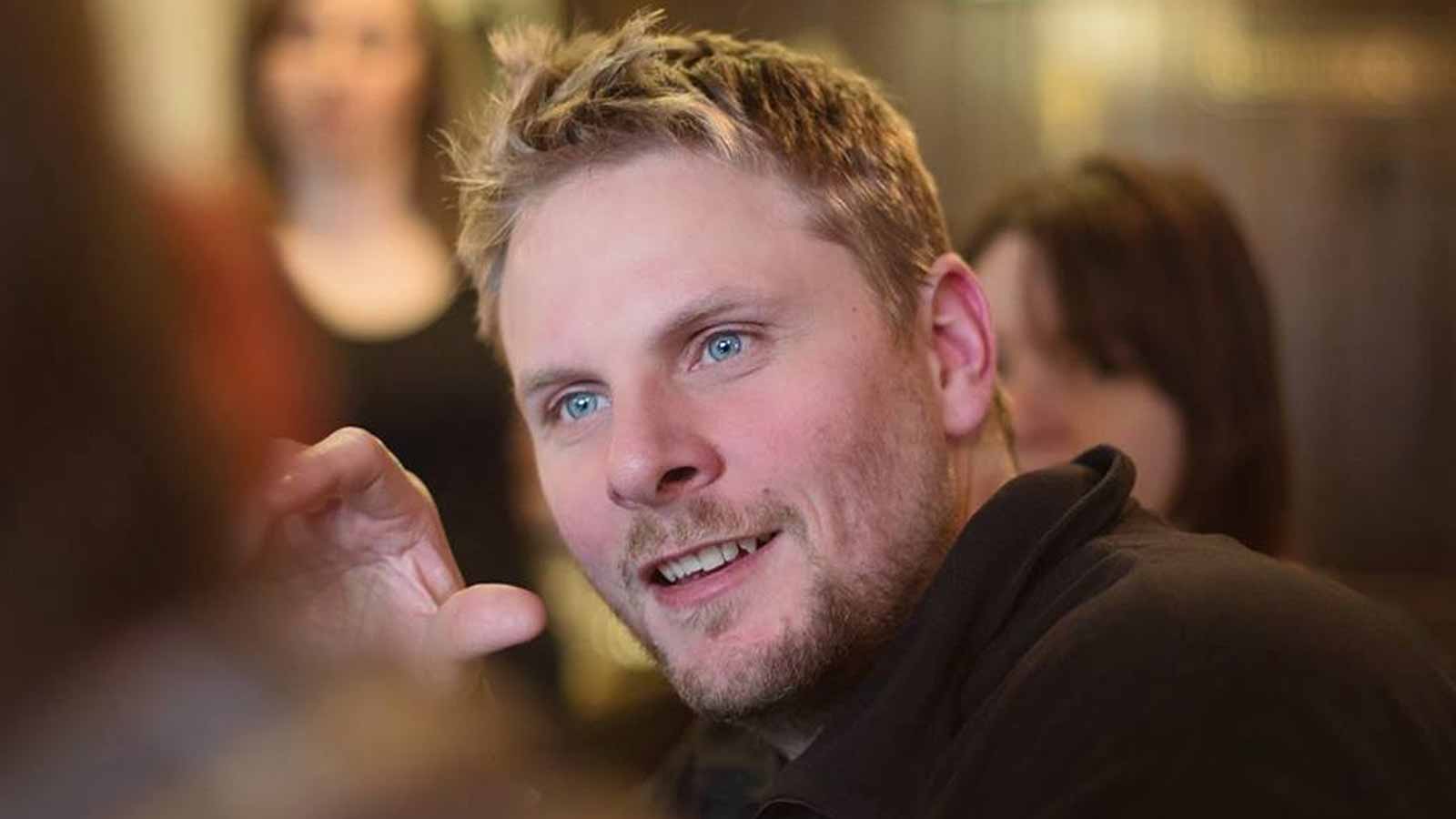This website uses cookies so that we can provide you with the best user experience possible. Cookie information is stored in your browser and performs functions such as recognising you when you return to our website and helping our team to understand which sections of the website you find most interesting and useful.
How Can Digital Accelerate Reductions in Industrial Emissions?
Estimated reading time: 5 minutes, 34 seconds

In this series of blog posts, Brainnwave CEO Steve Coates reflects on his attendance at COP26, the impacts on our industry and the implications for other business leaders who are thinking about the practicalities of decarbonization.
Around 30% of the UK’s target solutions to achieve Net-Zero emissions falls on manufacturing industries and their resource and energy efficiency goals. Today’s session covered the role of digital technologies in accelerating this reduction.
Speakers
- Götz Erhardt, Senior Managing Director – Industry X, Europe, Accenture
- Donna Edwards, Managing Director – Business Support & Business Finance, The Growth Company. Lead, Made Smarter North West Adoption Programme.
- Ian Funnell, CEO, UK and Ireland, Hitachi Energy
- Brian Holliday, Managing Director, Digital Industries, Siemens, Made Smarter Commissioner
- Prof. Juergen Maier, Co-Chair Made Smarter, Chair of the Digital Catapult and former Chief Executive of Siemens UK
- Graham Malley, Principal Director Digital Manufacturing, Accenture
- Maddie Walker, UK & Ireland Industry X Lead, Accenture
- Beth Child, Department of Business Energy and Industrial Strategy
What is meant by digital?
When we talk about the “digital transformation” of the industrial sector, it refers to a tectonic shift in the overall industry. It is far more significant than a digital transformation of front or back-office systems. It requires businesses to reimagine how to meet customer demands and expectations. The promise of digital is that it helps this reimagining to be more friendly to our planet while boosting productivity and growth. A big ambition!
The panel discussion was broadly based around the theme of digital transformation of the industrial sector and the sustainability objectives it promises to deliver.
Götz Erhardt from Accenture opened the session by presenting us with some cold hard facts that give a good grounding on the scale of the challenge that lies ahead in transitioning to Net-Zero.
- In the EU, there are 250 million cars that need to be electrified or decarbonized in the next ten years. That will require something in the region of an additional 250 Gigawats (GW) of charging capacity across networks that don’t exist today. 10 million + electric vehicle charging stations will be required in a distributed grid.
- Industrial supply chains will need to be reengineered to focus on new components and feedstocks:
- Lithium
- Rare earths
- Precious metals
- Semiconductors
- Large scale lithium battery recycling for the installed base (as the batteries are only useful while they hold 80% of their charge, about 8 years of daily use in a car) so how to repurpose them as they switch out of vehicles?
- Workforces will have to be re-skilled on an unprecedented scale (although Brian Holliday from Siemens gave a good example, it takes just 10 days of training to re-skill someone that works on an offshore oil platform to work on an offshore wind turbine.)
In the EU, the cost of this transition has been estimated to be as much as 1.5 trillion Euros, roughly 4 X the GDP of Germany. It cannot be funded by governments alone, but how do businesses engage in this challenge when they are at the mercy of shareholder returns. Sadly societal benefits of business take a distant back seat to the financial returns demanded by markets and investors. This translates to the reality that societal wealth and sustainable development rely on the ability to find efficiency gains and to extend product life cycles.
Ian Funnell, CEO for UK and Ireland of Hitachi Energy, gave a perspective that the main benefit of digital solutions is that they give you a window into the future. I liked this concept, and I think it highlights one of the central benefits of using digital solutions. They help you harness lots of data to more fully understand the situation and predict future events.
The other major theme from the overall discussion was the sense of urgency, we are not doing this fast enough. One of the comments was that 2030 is TODAY. It is only 8 years away or two business cycles. Any 2030 targets have to be achieved with solutions that exist today. Some may need to be scaled, but anything that is in the innovation space will not be ready in time for the 2030 deadline.
Given the topic is digital and how it can accelerate the industrial transition I found it helpful to consider what these leaders meant when they talk about digital:
- Digital solutions move you away from theoretical hypotheses, they test outcomes on real data and enable you to understand and adjust
- Digital allows you to expand the life of your assets through maintenance on demand keeping the assets running optimally
- Digital allows you to optimize network efficiency and coordinate supply and demand (the point being made about electricity grids.)
- Digital enables you to design your product better, to design out waste and to deliver products with a longer lifetime
- Digital enables you to monitor things in real-time, switch things off when they are not needed and reduce wasted energy
- Digital allows you to build twins of assets that help you test out ideas and identify operational savings.
So how do you even start in an industrial context? Brian Holliday, MD Digital Industries at Siemens, suggested walking the shop floor. Really understand your operations and how they consume energy, then think about how you could monitor the components and change workflows.
Once again, it was encouraging to see traction. According to Accenture, 63% of CEO’s have set science-based sustainability targets to:
- Decarbonize heat and power and increase the share of renewables
- Minimize waste through better design and production, selecting materials that can be optimized for recycling
- Re-configure supply chains to make them:
- Resilient, able to recover quickly from disruption, e.g. the global pandemic
- Relevant, follow the demand for new materials
- Responsible, have a positive impact on society and the planet
- Operational improvements to reduce energy consumption
This session did give me some hope that we will be able to achieve the big targets being discussed down the road in the “blue zone.” We talked about practical, real-world actions that together give us a chance to do this.
This session also made me reflect on Brainnwave’s role in digital transformation in the industrial sector. Whilst we don’t have a depth of knowledge about the specific industries, we do understand data and digital transformation very well. We must have a role to play, and our challenge is to figure that out quickly and identify partners in the sector to combine our collective knowledge and capabilities.
One quote I heard from Peter Lacey (who was quoting someone from the US, sorry I didn’t catch his name) is that there is no single silver bullet. However, there are many silver shot pellets, and we need to fire all of them at this complex, global issue.

